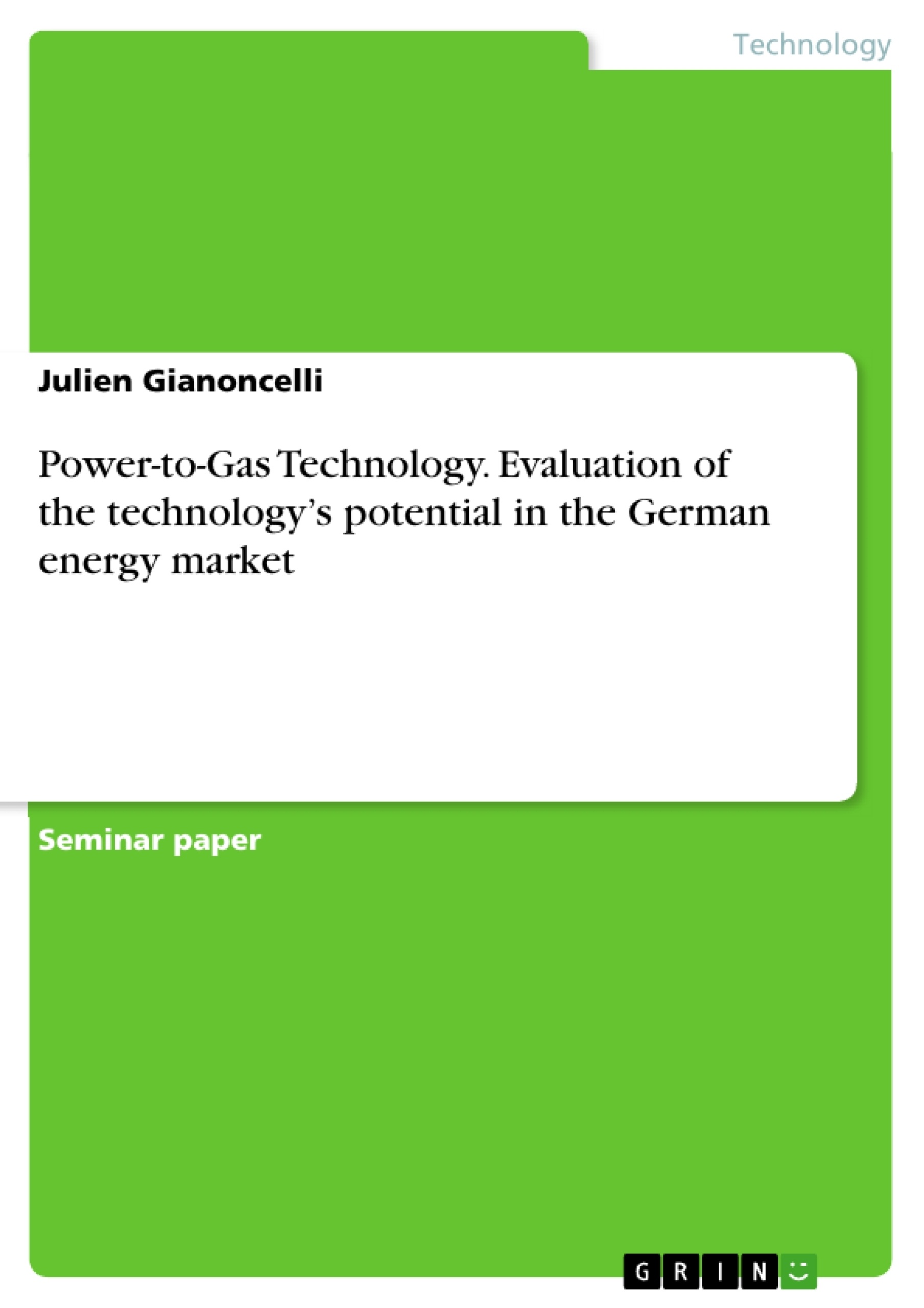The energy efficiency targets of the “Federal Government” are important parameters deciding upon the amount of energy we will need in the future and hence about the storage capacities we will require. The reduction of the primary energy consumption by 20% until 2020 and 50% until 2050 towards 2008’s figures, the reduction in electricity consumption by 10% until 2020 and 25% until 2050, the doubling of the rate of refurbishment from 1% to 2% per year and the reduction of the end energy consumption in the mobility sector by 10% until 2020 and 40% by 2050 towards 2005’s consumption will change the energy market substantially. For instance, houses will need less electricity for their devices and less gas for heating, load profiles will smoothen and passenger and freight traffic will switch from petrol engines to electric and gas engines, fuel cells or will switch to rail.
In Germany, the market structure has been designed to enhance and facilitate the development of renewable energies through the “Renewable Energies Act” (EEG) and the “Energy Economy Law” (EnWG). And actually, in 2011 the share of renewables in the electricity production totalled to over 20% and is expected to rise over 25% this year, whereby especially the photovoltaic is booming with growth rates of nearly 50%. The evolutions are certainly pleasant, still, the very quick development of these, mostly decentralised and location dependent energy sources, is making the market framework conditions come to its limits. The transmission grid capacities are not large enough to transfer the huge amounts of wind energy from the north to the south and the distribution grid is often too weak to feed in the large amounts of photovoltaic energy in the midday. These restrictions have caused 407 GWh of wind energy to get lost in 2011 (150 GWh in 2010), a small but exploding figure, and a valid argument for storage capacities.
This shows that the whole of the energy market has to be evaluated and diverse scenarios for the future have to be created, to forecast the development into one specific area. Additionally, because of the dynamic of this market, these analyses and forecasts have to be updated continuously. In the context of these recent events and developments the following paper will discuss how the need for storage capacities could be met by the “power-to-gas” technology, noting the need for flexibility, close market maturity and economic affordability.
Inhaltsverzeichnis (Table of Contents)
- Introduction
- Market structure analysis
- Power to Gas
- Electrolysis - Step one
- Technological and operational background
- Potential and utilisation of hydrogen
- Greenpeace Energy – proWindgas
- Methanation - Step two
- Technological and operational background
- Storage and transportation
- Potential and utilisation of synthetic methane
- Origin of CO2
- Solar Fuel Technology
- Conclusion
- Flexibility
- Market maturity
- Affordability
- Outlook
Zielsetzung und Themenschwerpunkte (Objectives and Key Themes)
This seminar paper evaluates the potential of power-to-gas technology in the German energy market, considering the need for flexibility, market maturity, and economic affordability. It aims to demonstrate how this technology can address the challenges of integrating renewable energy sources into the existing energy system.
- Analyzing the German energy market structure and the challenges posed by the increasing share of renewable energies.
- Exploring the potential of power-to-gas technology as a storage solution for renewable energy.
- Evaluating the technical and operational aspects of electrolysis and methanation, the key steps in the power-to-gas process.
- Assessing the economic feasibility and market maturity of power-to-gas technology.
- Discussing the role of power-to-gas technology in achieving energy efficiency targets and ensuring energy security.
Zusammenfassung der Kapitel (Chapter Summaries)
The introduction lays out the context of the German energy market, highlighting the increasing share of renewable energies and the need for storage solutions. It then introduces the concept of power-to-gas technology as a potential solution to address these challenges.
Chapter 2 delves into the first step of the power-to-gas process, electrolysis. It explores the technological and operational aspects of electrolysis, discusses the potential and utilization of hydrogen, and examines the proWindgas initiative by Greenpeace Energy.
Chapter 3 focuses on the second step of the power-to-gas process, methanation. It examines the technological and operational background of methanation, addresses the challenges of storage and transportation, and analyzes the potential and utilization of synthetic methane. It also discusses the origin of CO2 used in the methanation process and introduces the concept of solar fuel technology.
The conclusion summarizes the key findings of the paper, highlighting the potential of power-to-gas technology as a flexible, mature, and affordable solution for energy storage in the German energy market.
Schlüsselwörter (Keywords)
Power-to-Gas, renewable energy, energy storage, electrolysis, methanation, hydrogen, synthetic methane, energy market, flexibility, market maturity, affordability, German energy market, energy security, energy efficiency.
- Citar trabajo
- Julien Gianoncelli (Autor), 2012, Power-to-Gas Technology. Evaluation of the technology’s potential in the German energy market, Múnich, GRIN Verlag, https://www.grin.com/document/341630



